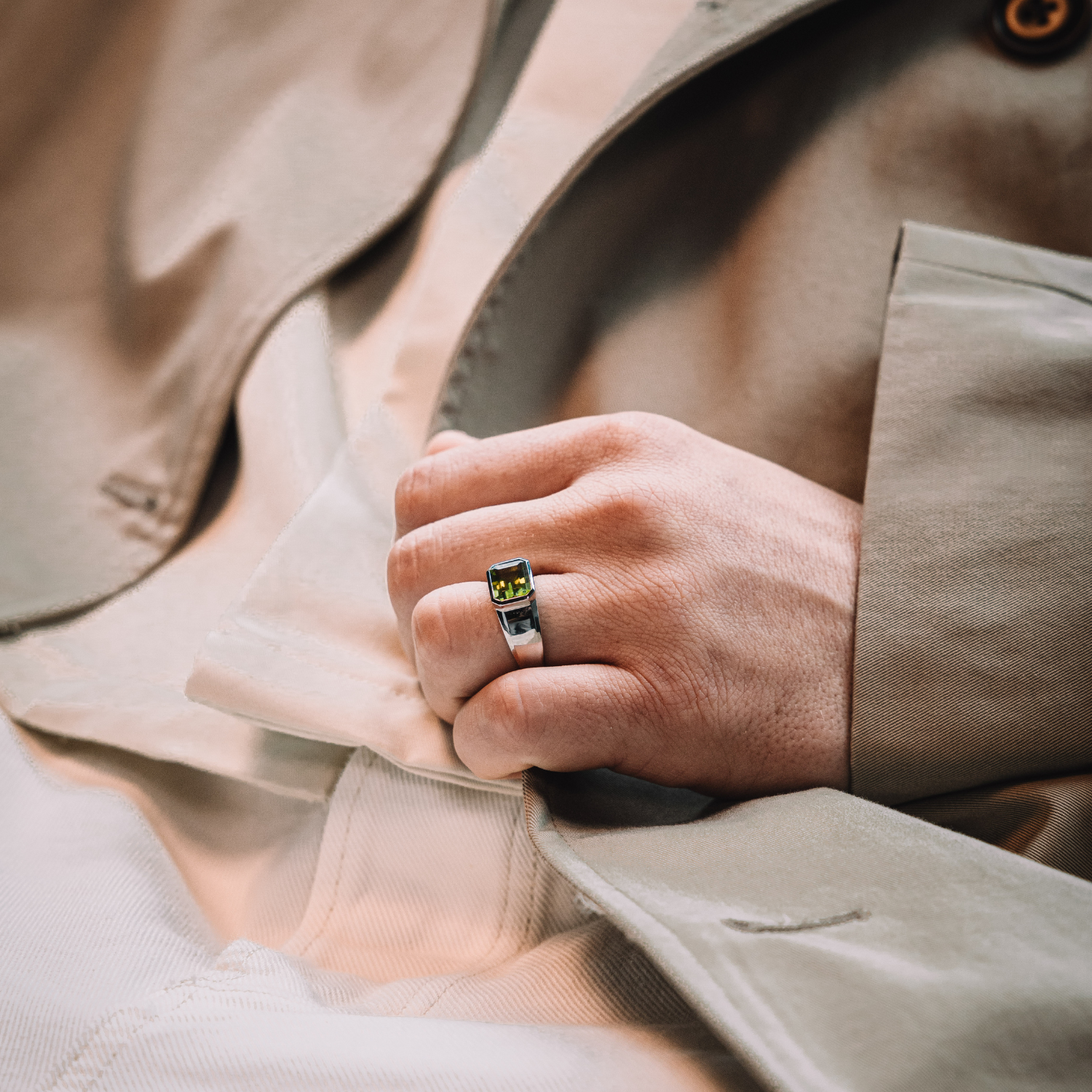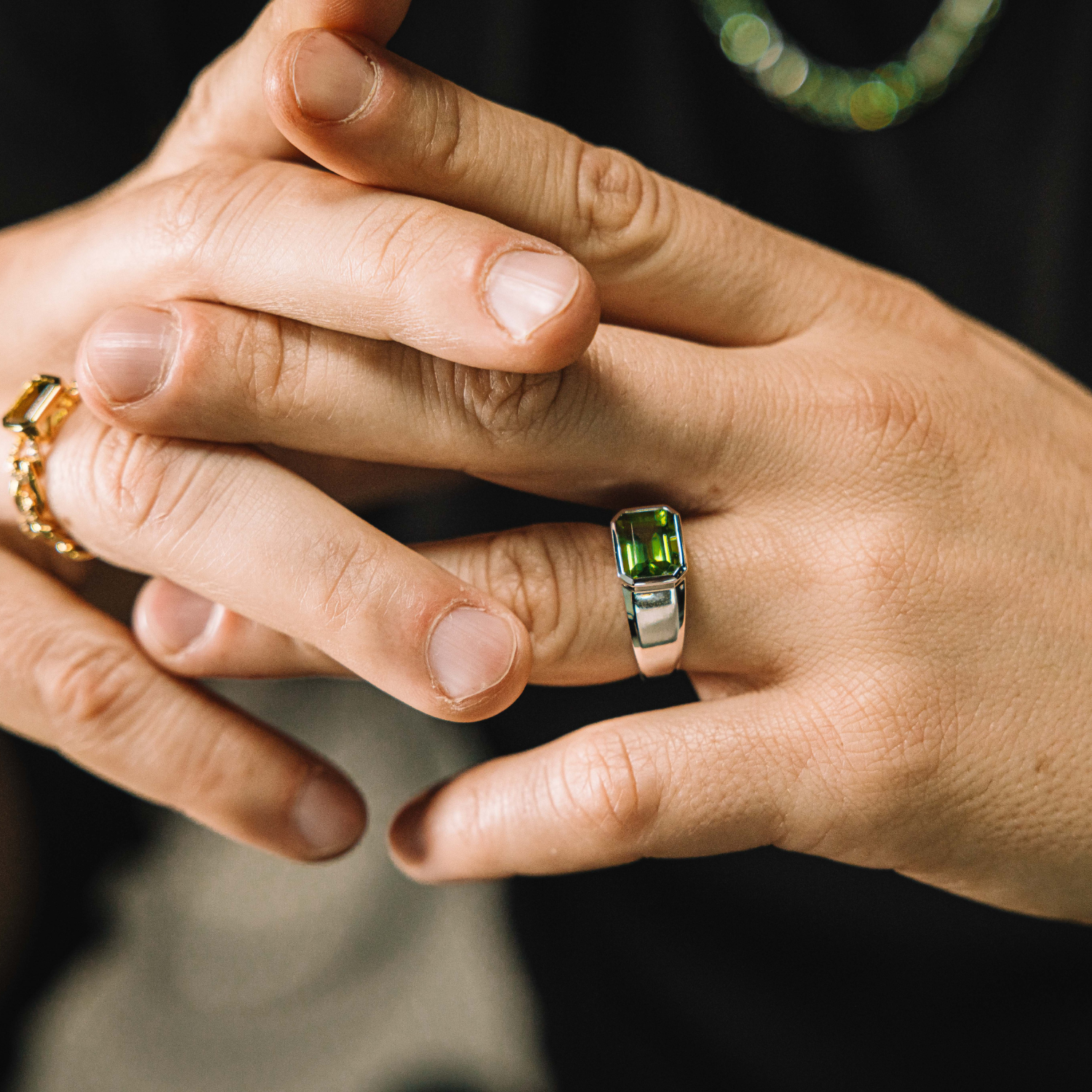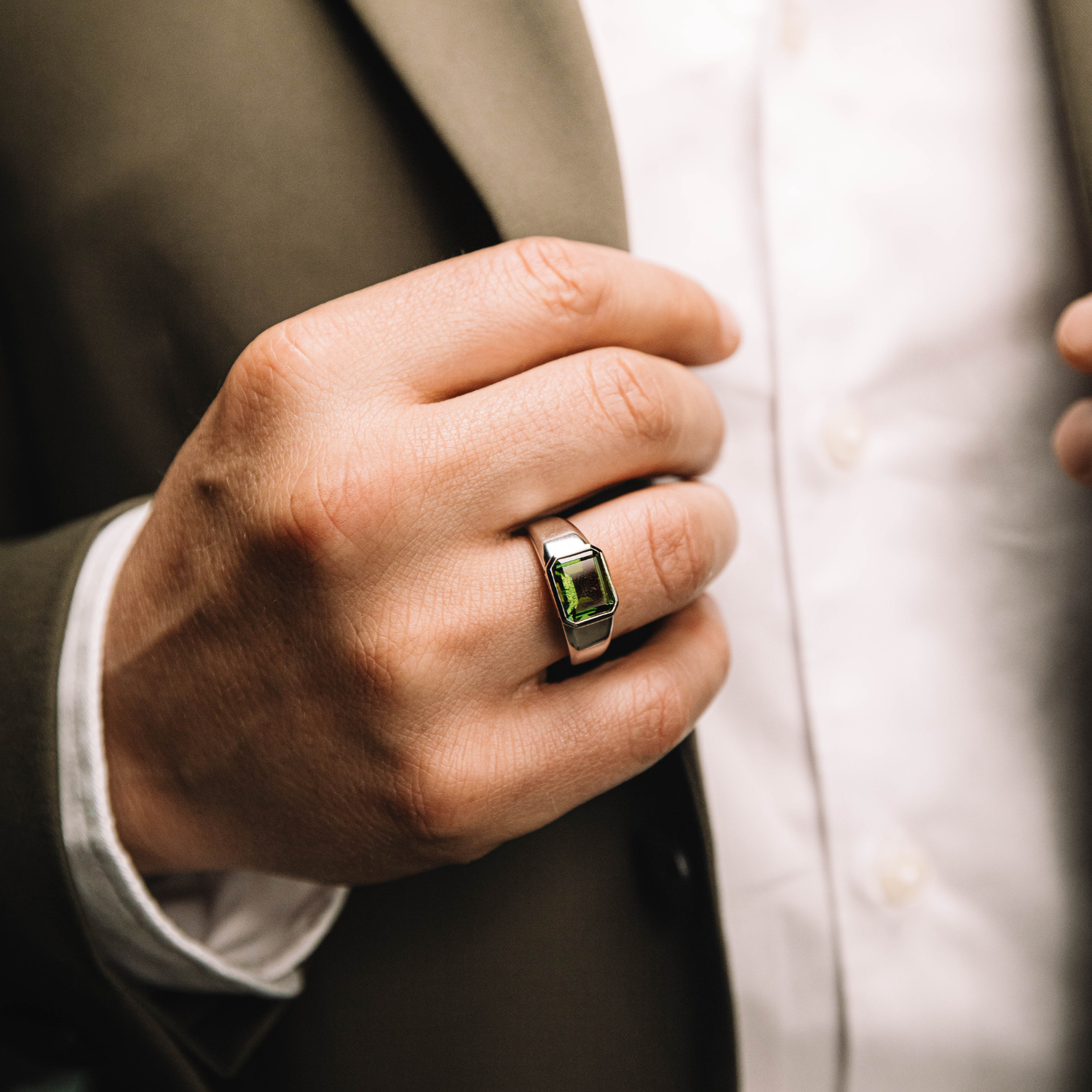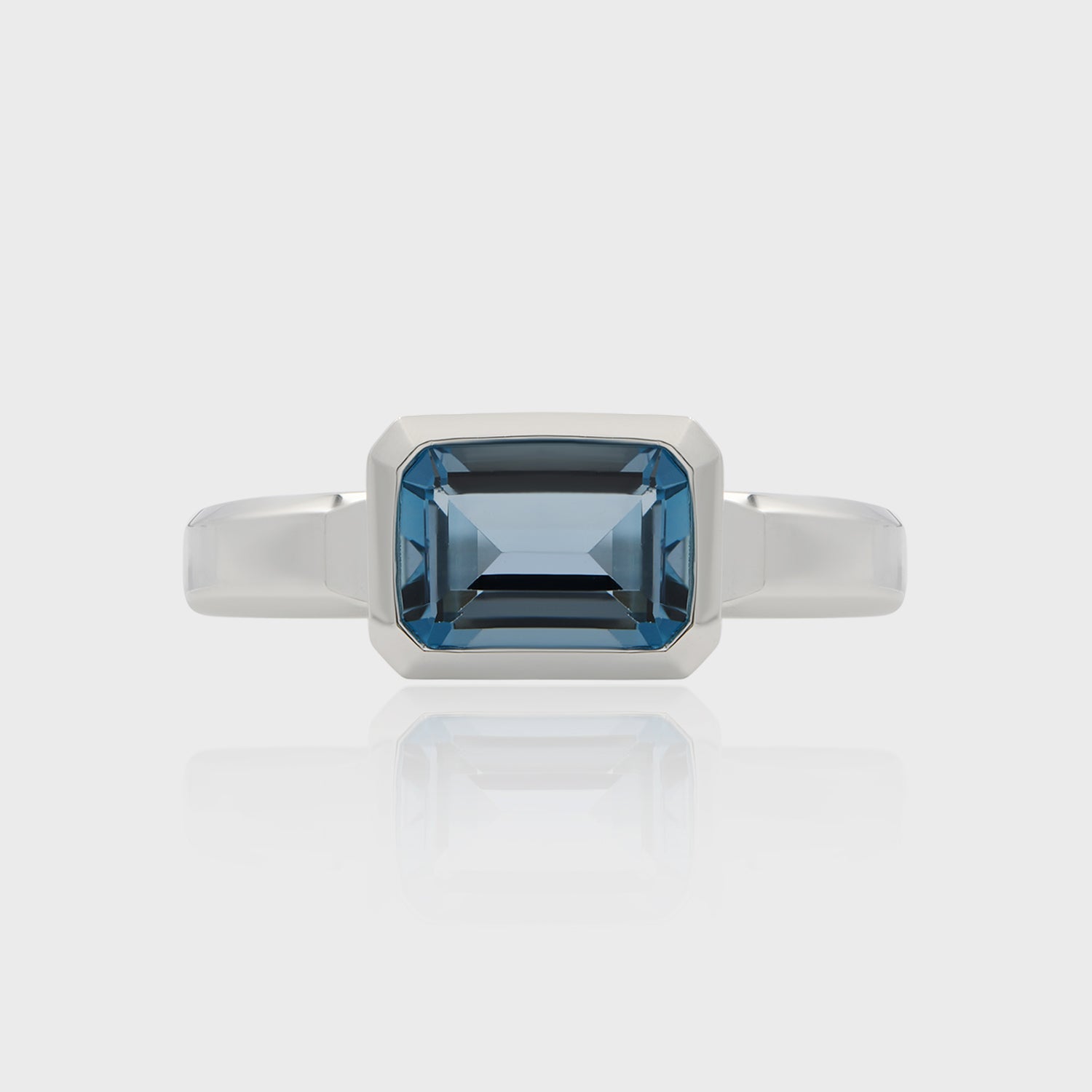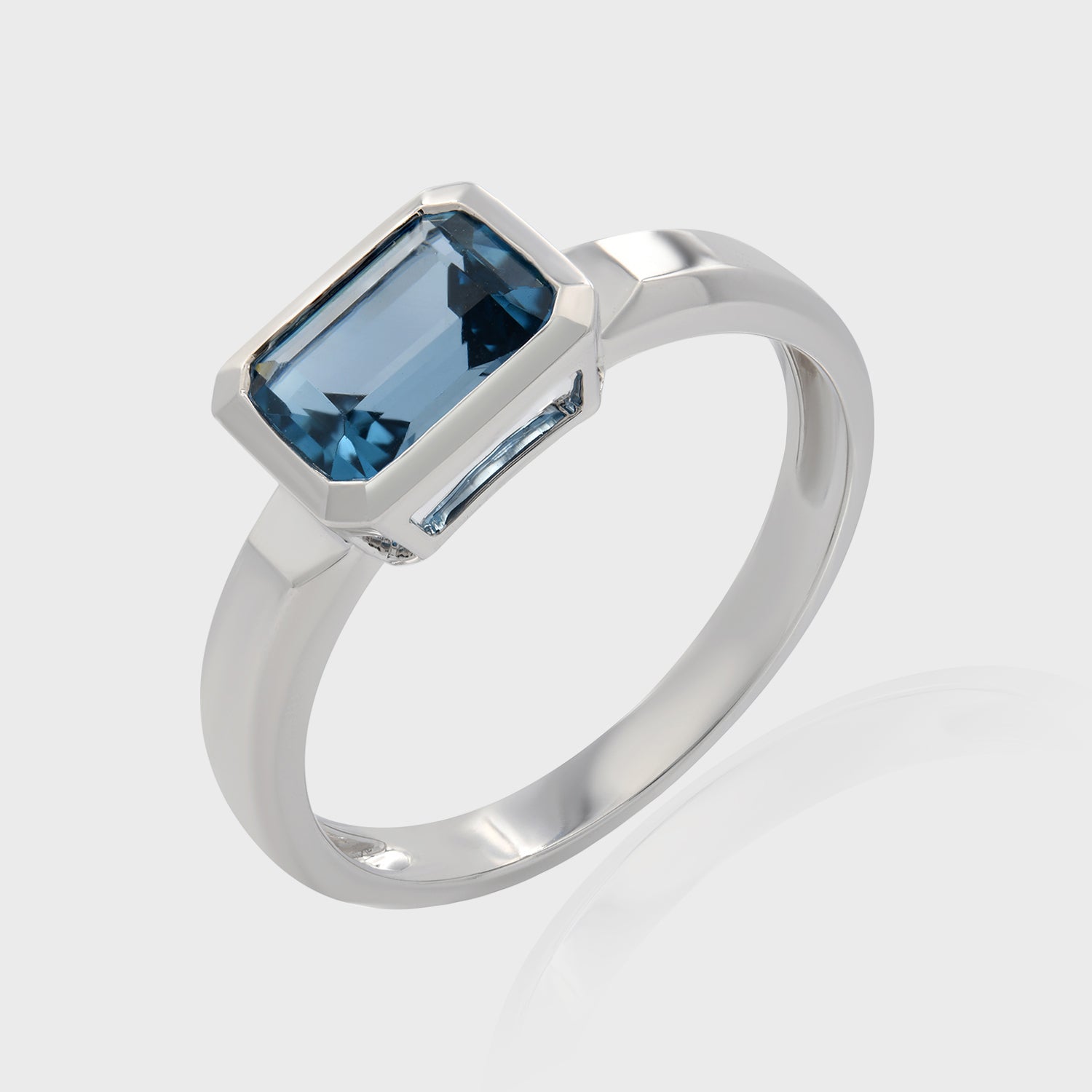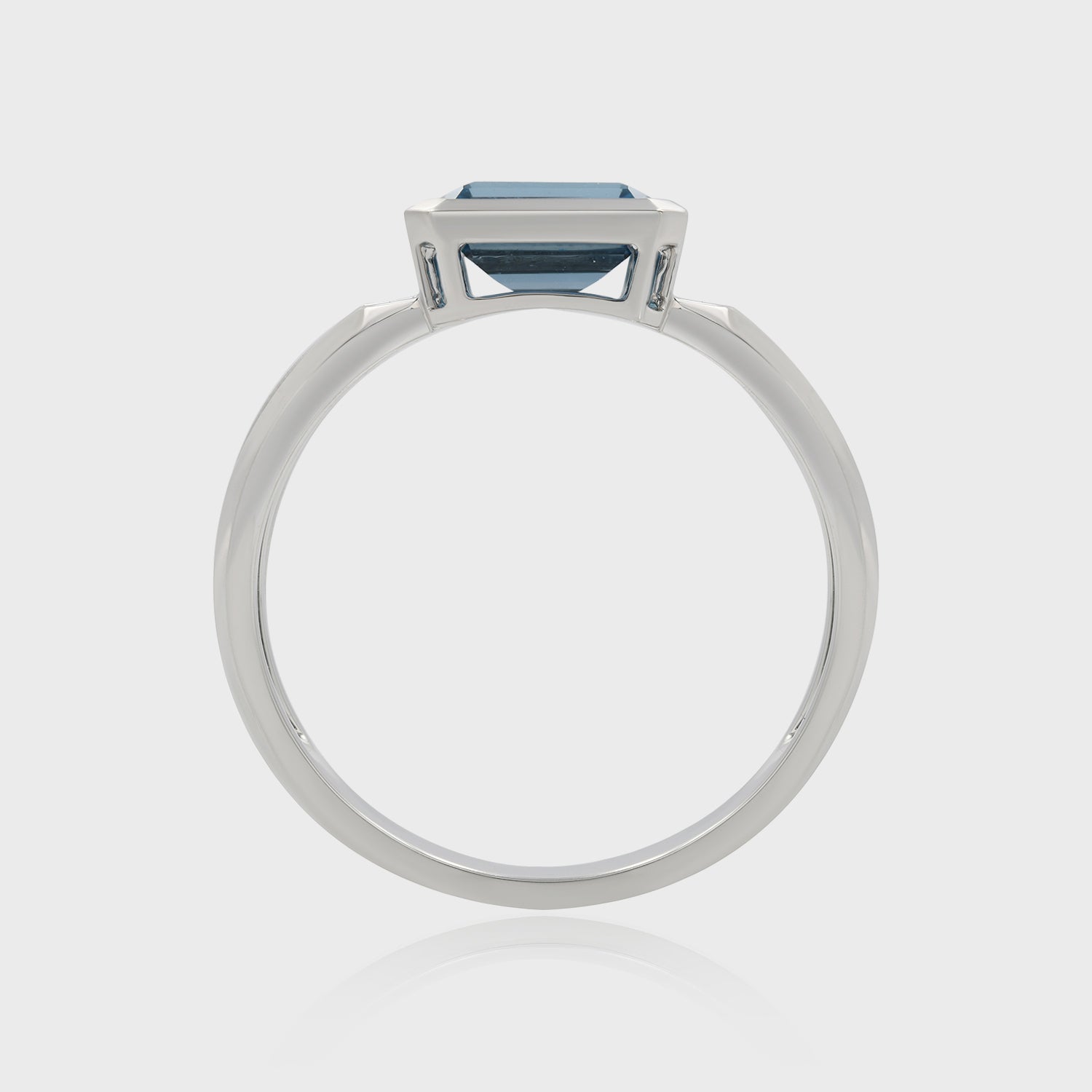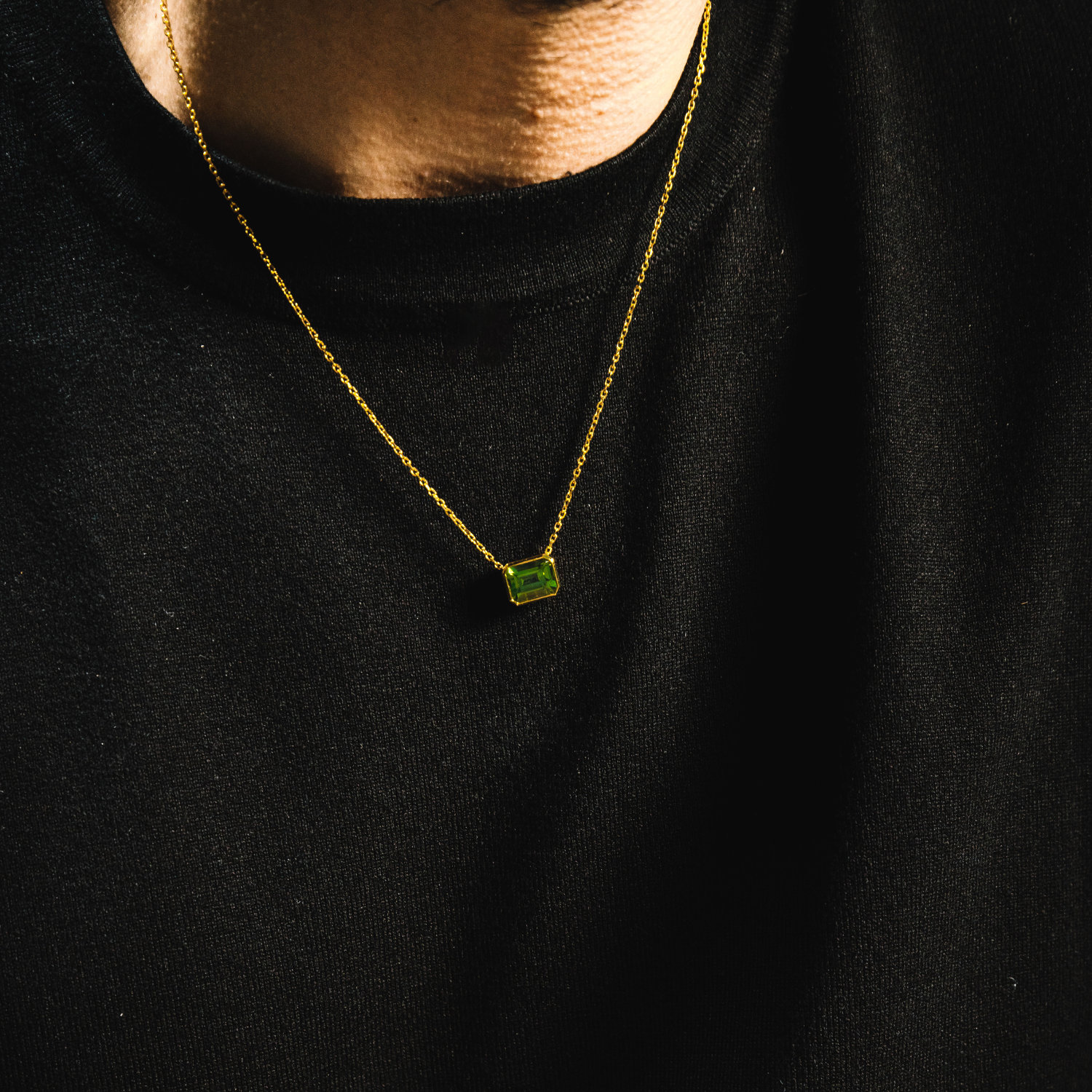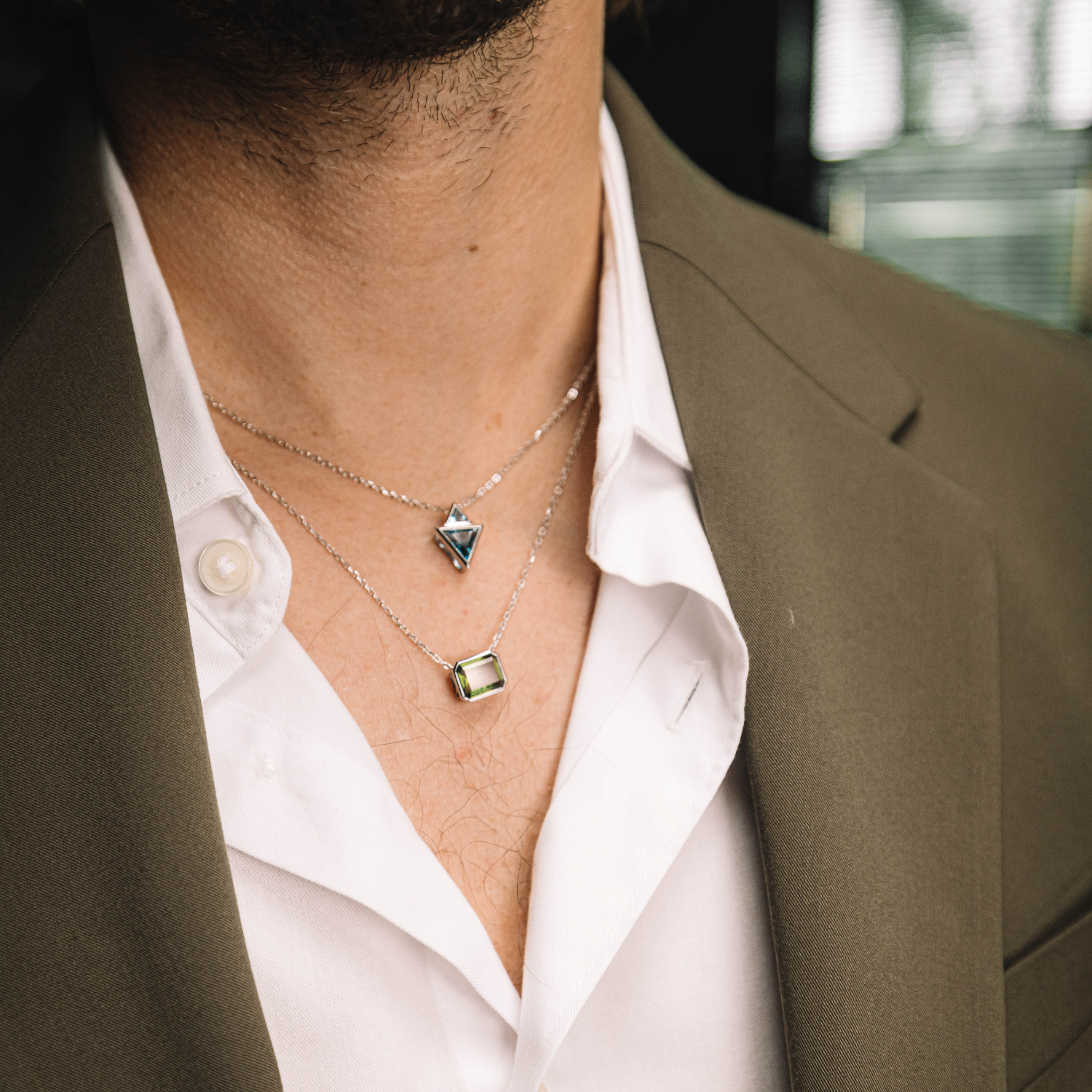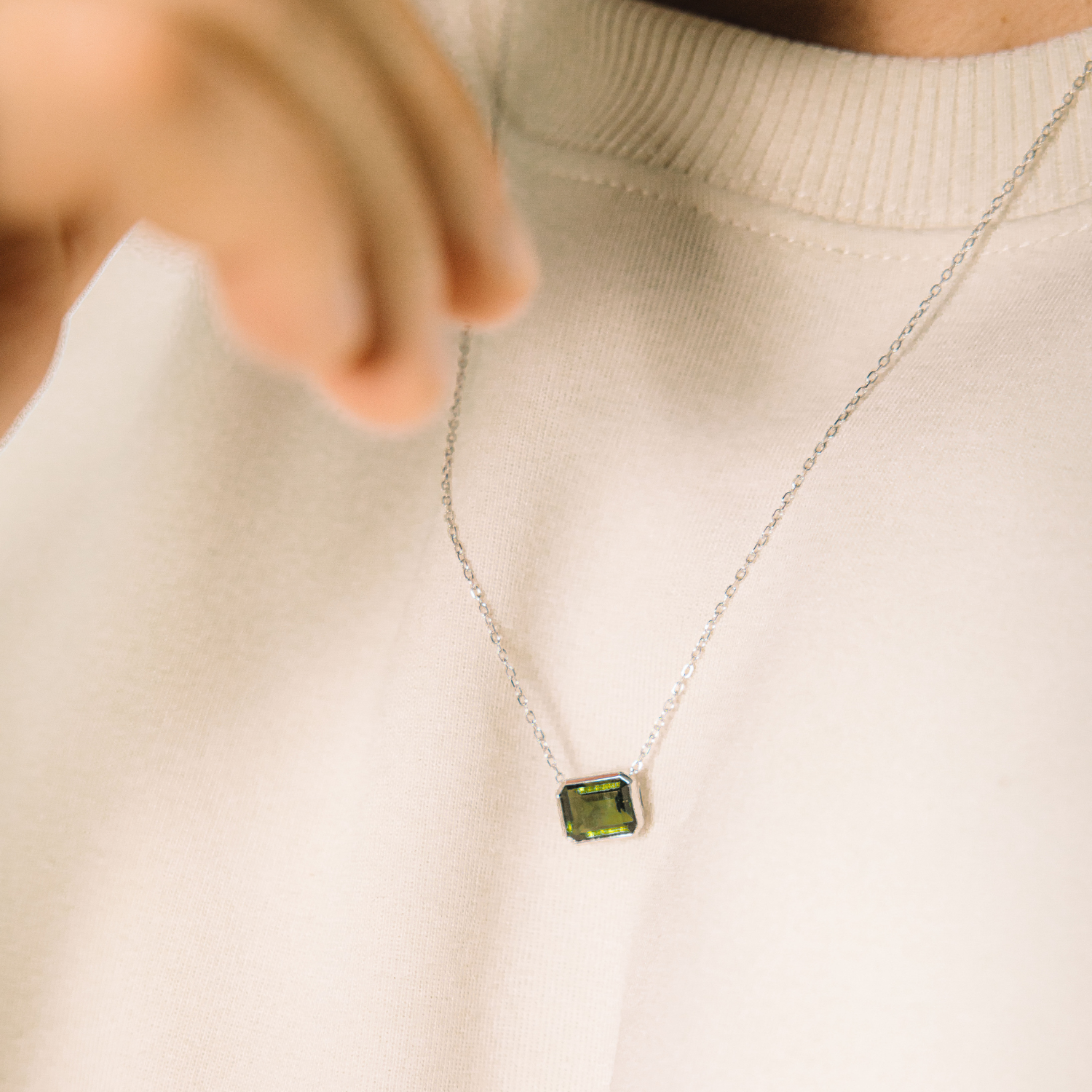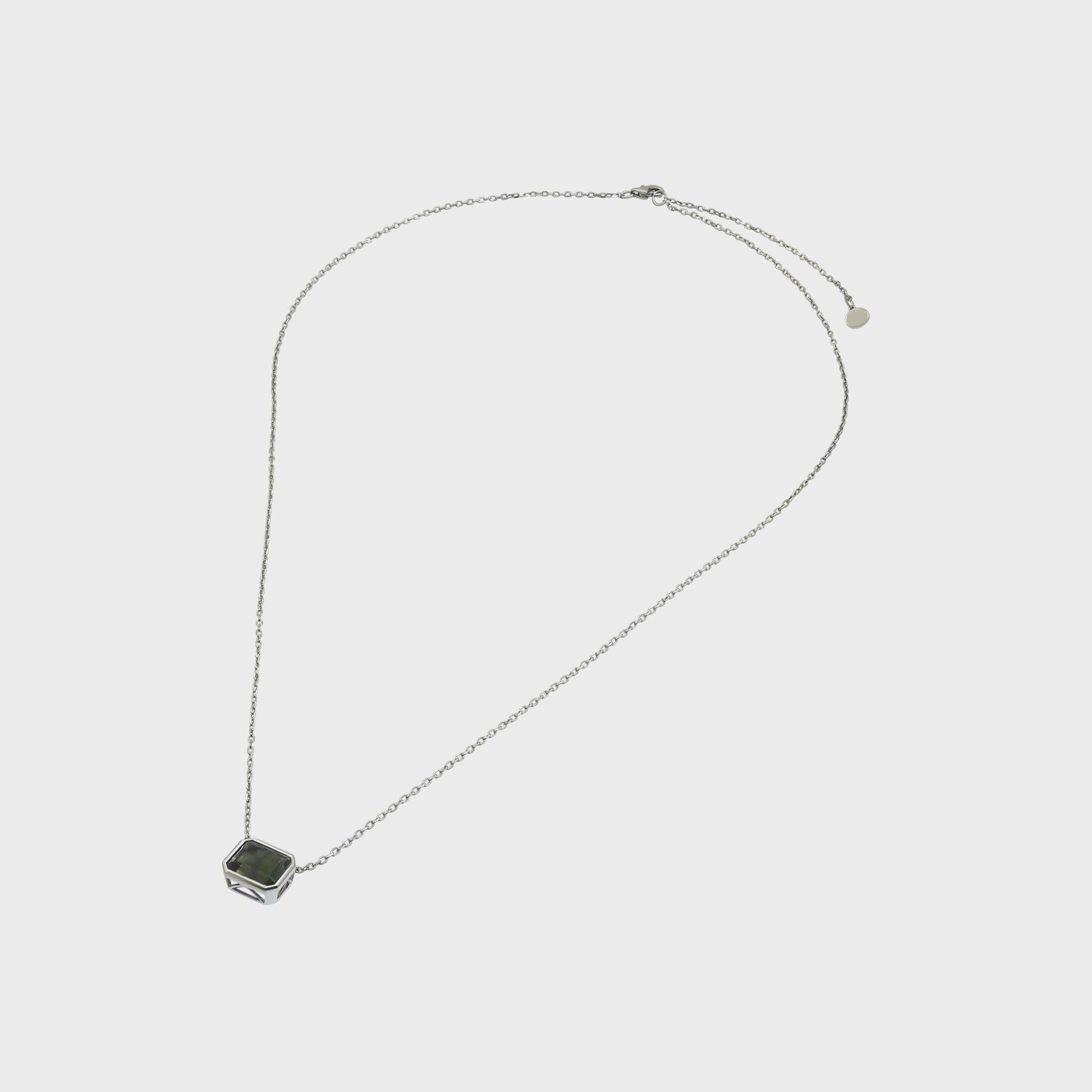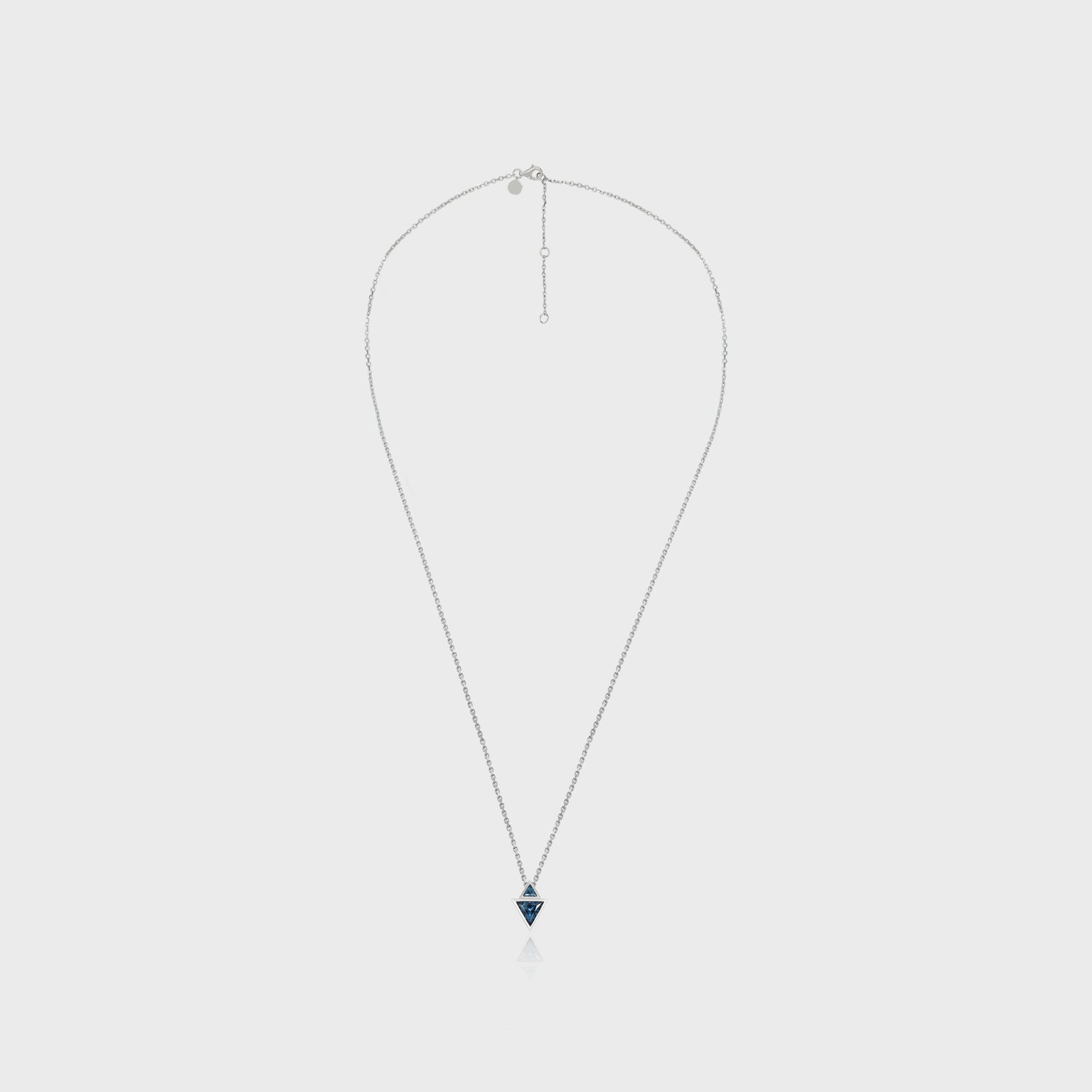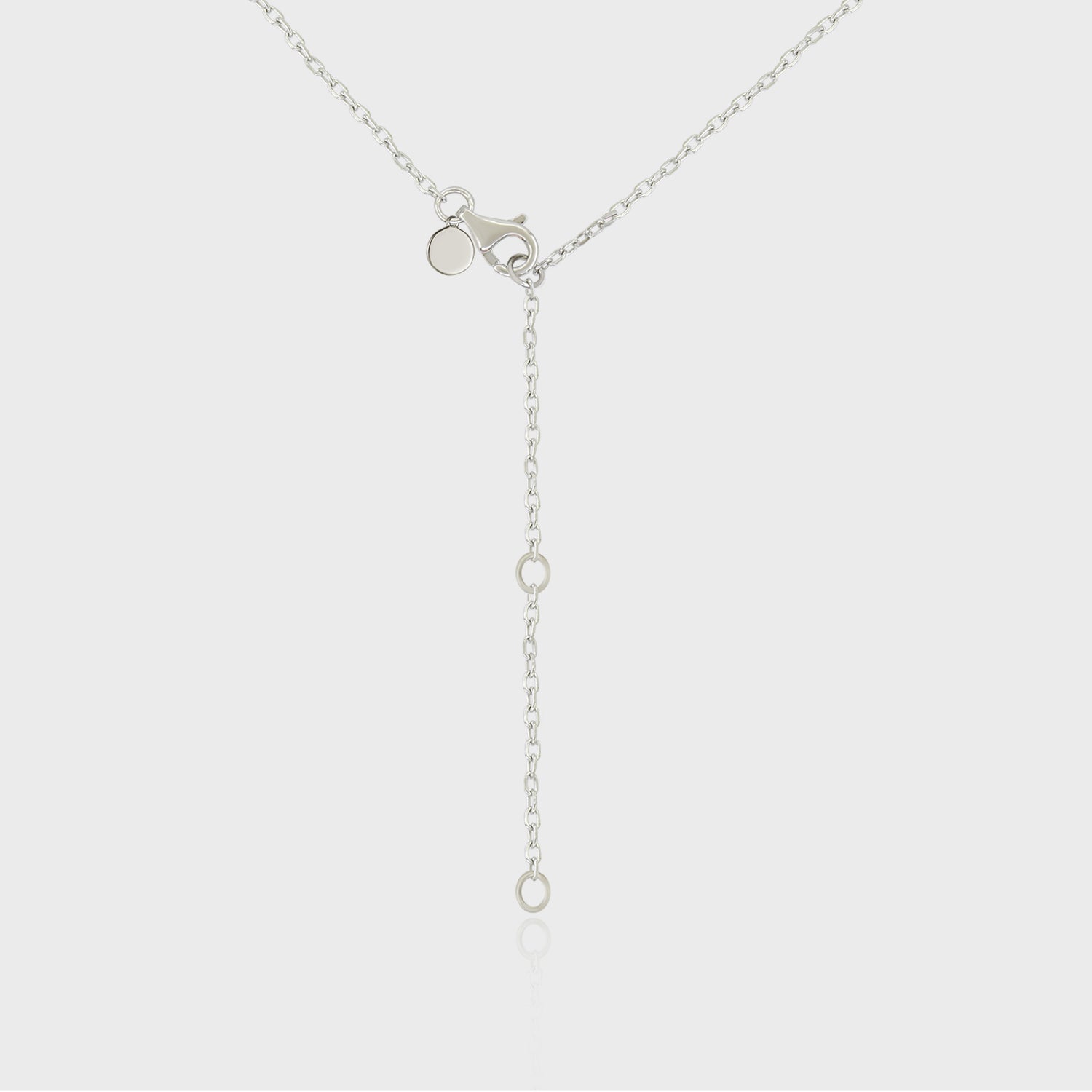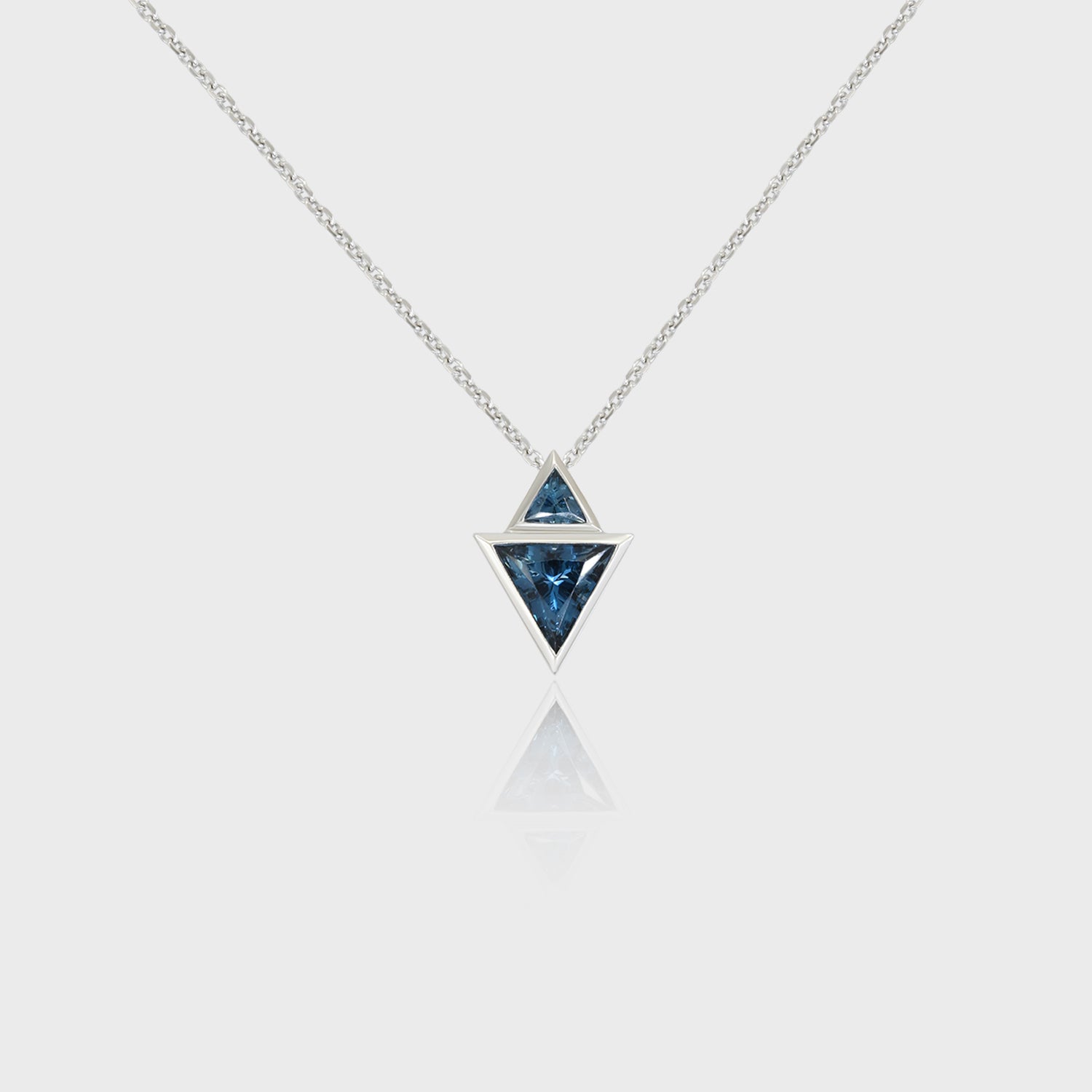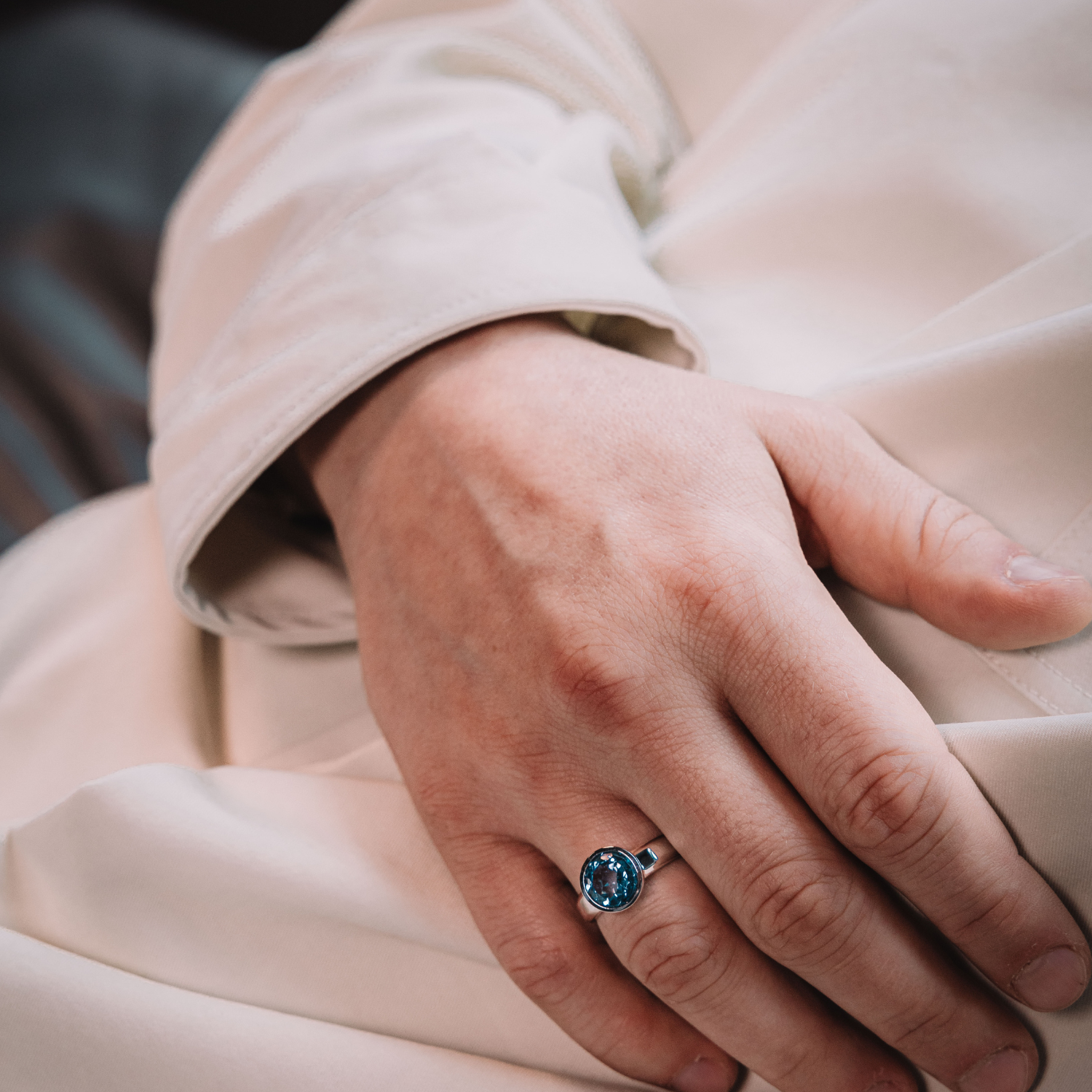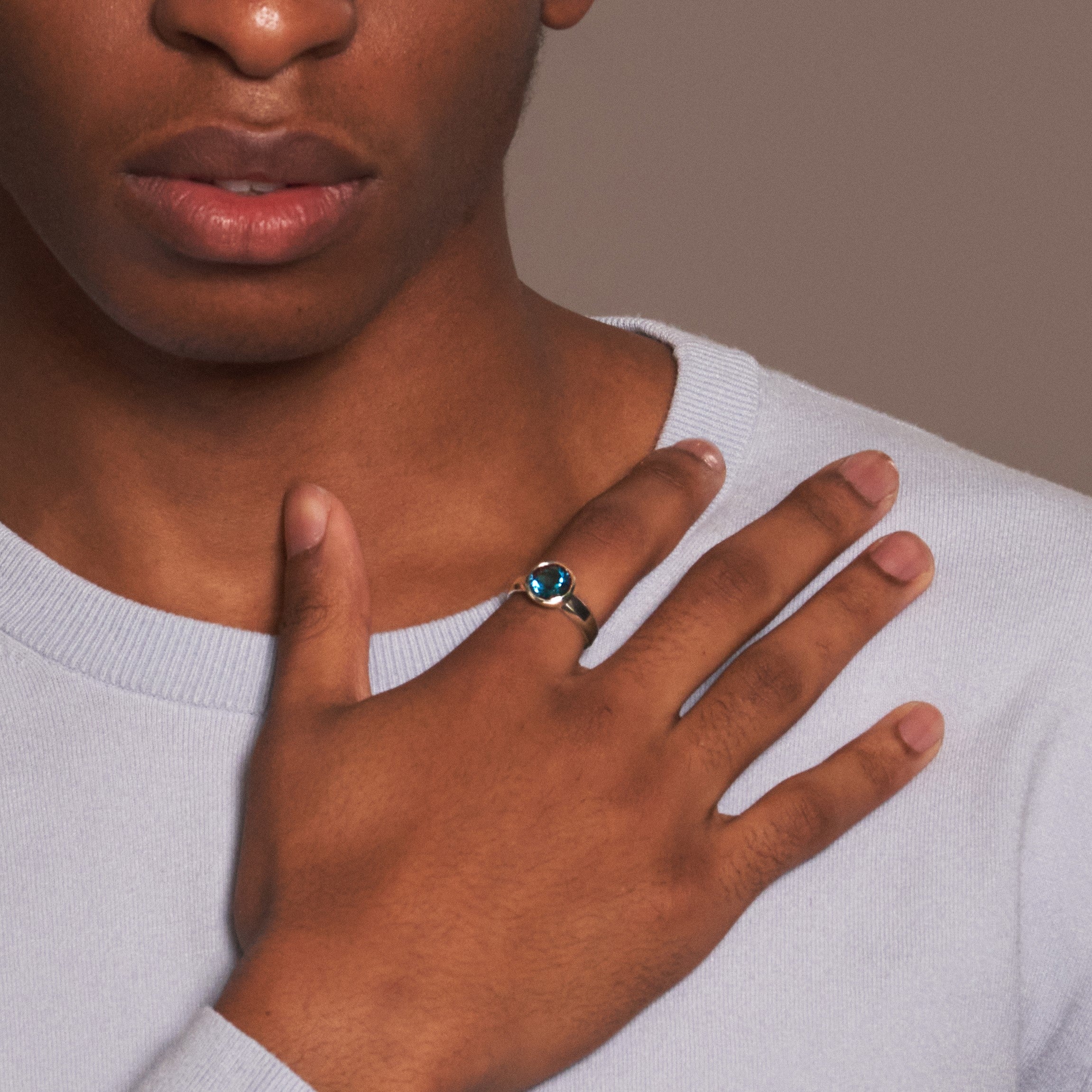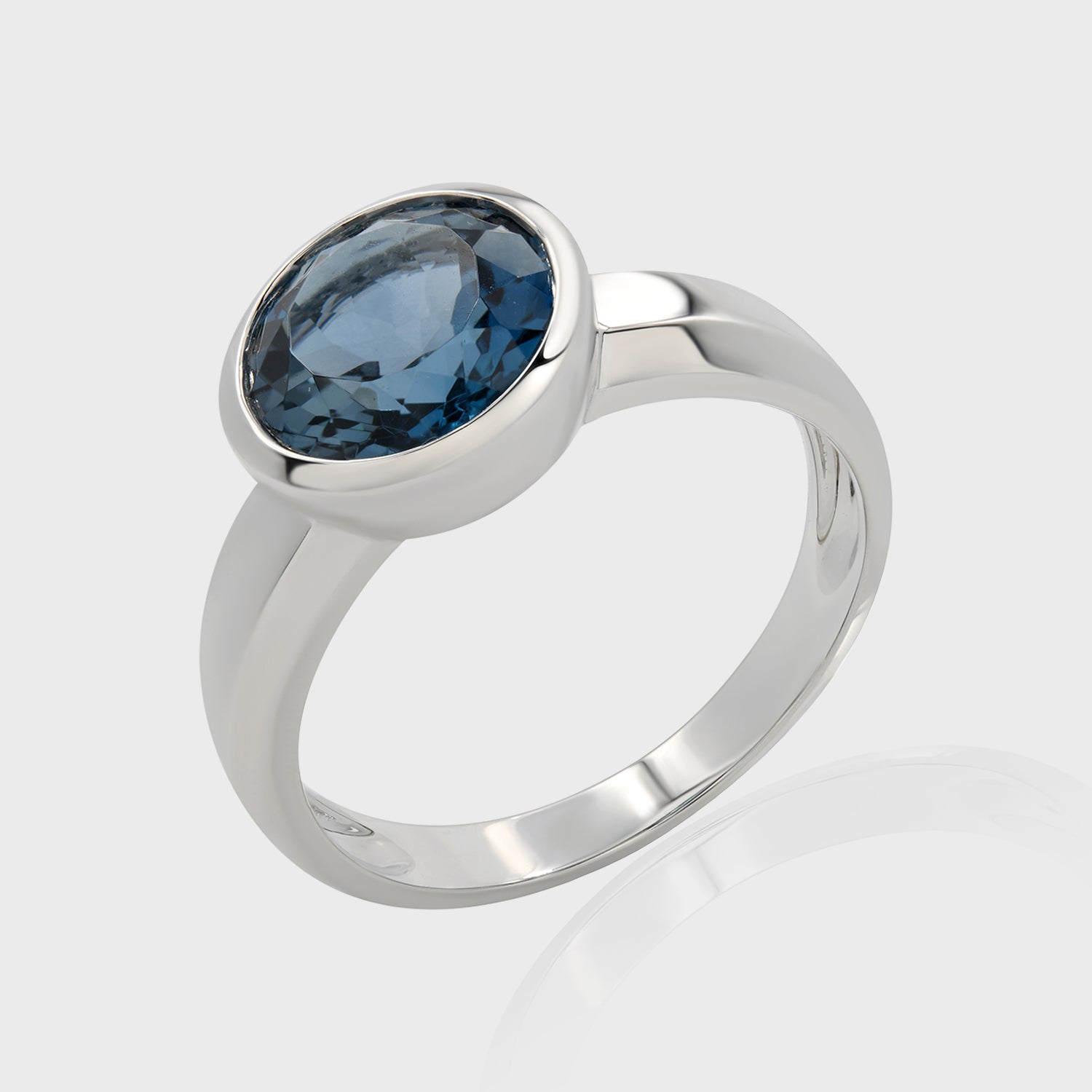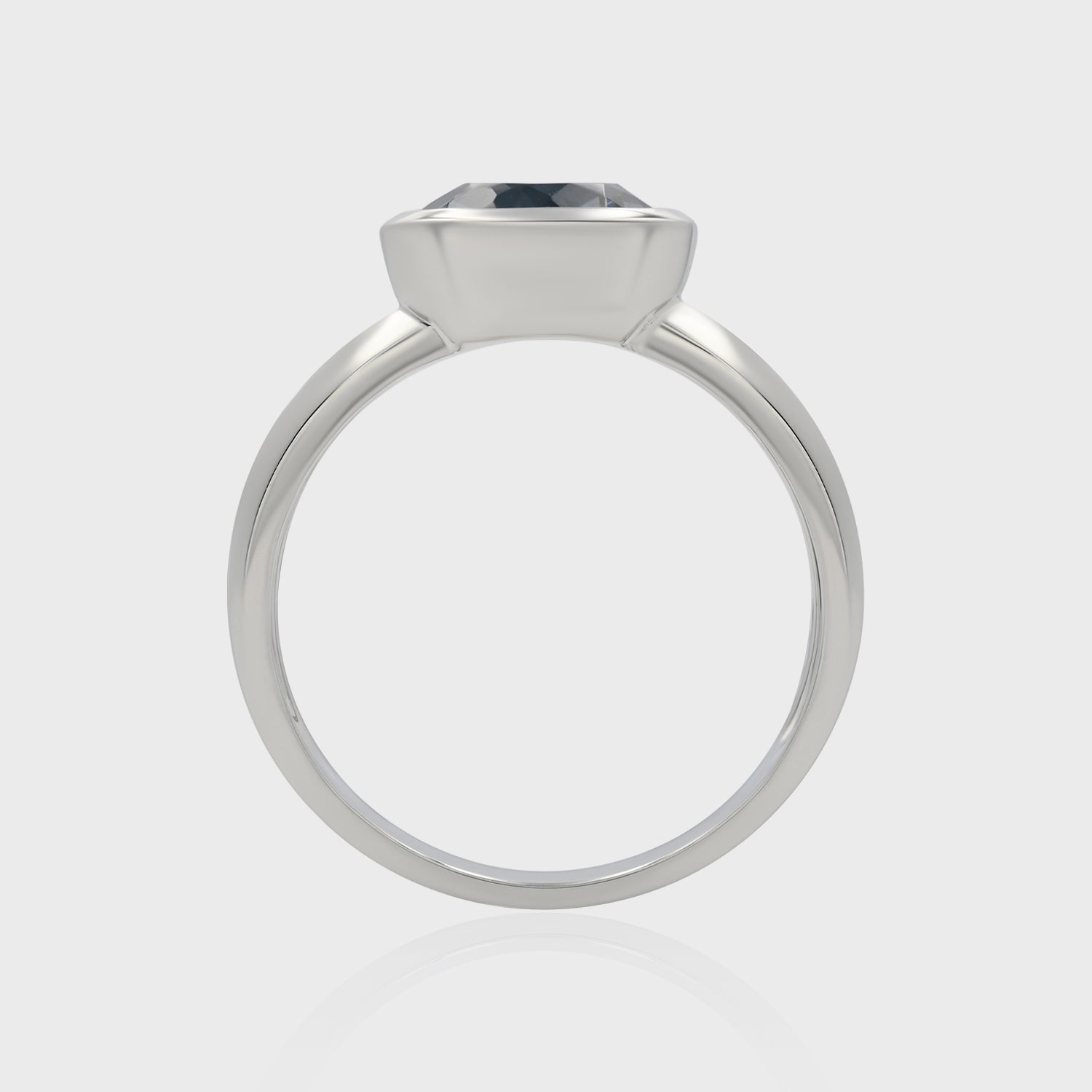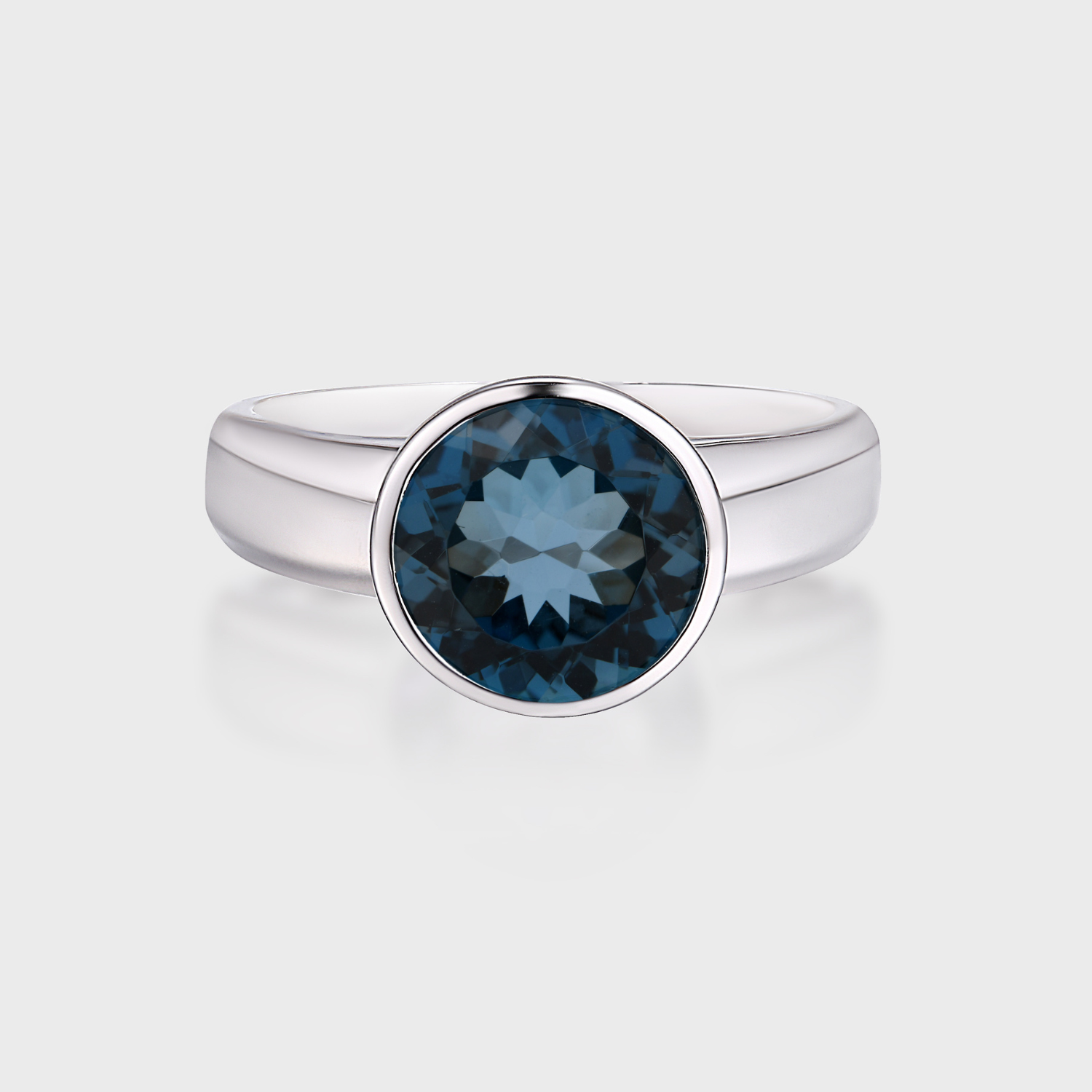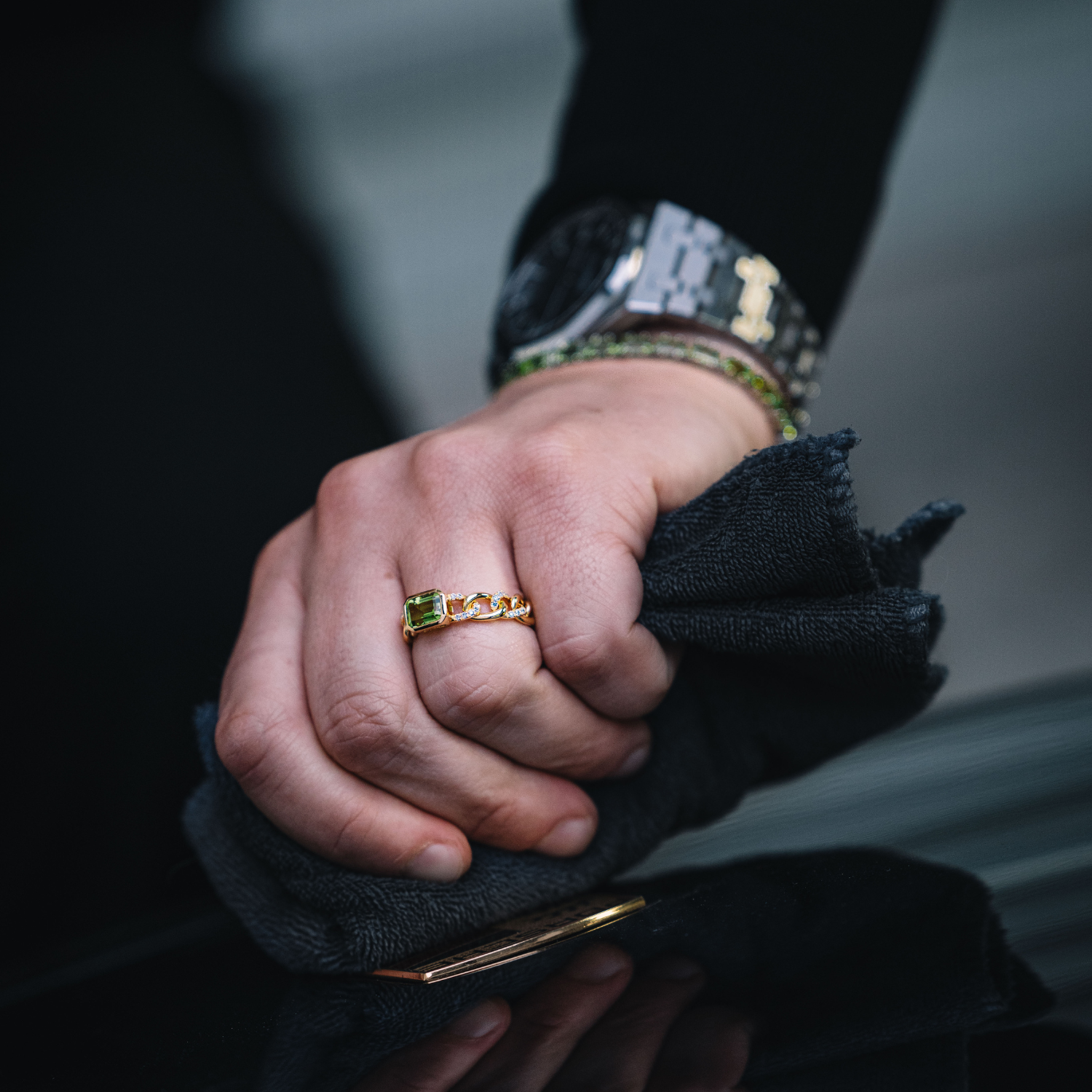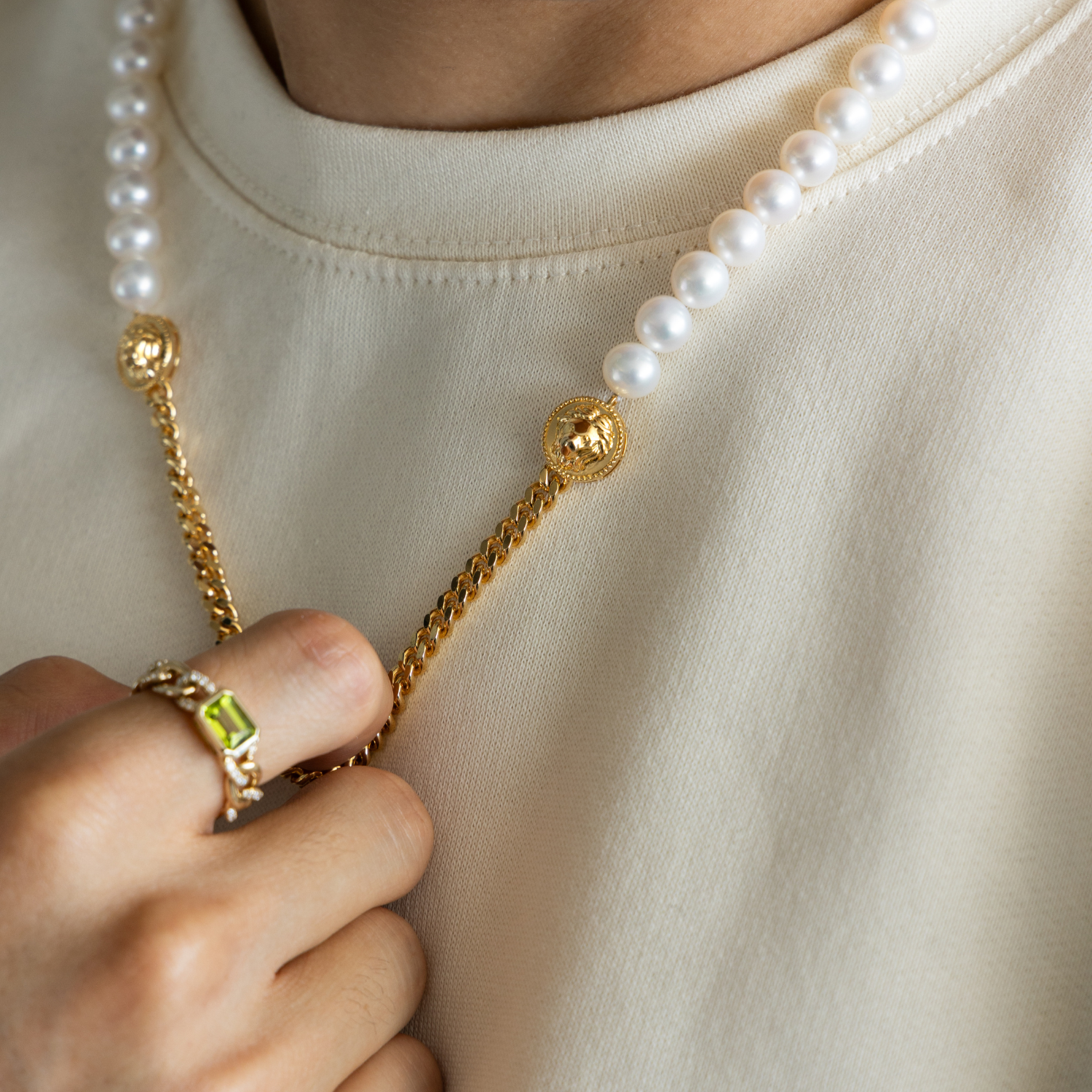ALL ABOUT GOLD JEWELRY FOR MEN
MEN'S GOLD JEWELRY
Throughout history, gold has been prized for its beauty, rarity, and enduring value, making gold jewelry for men a symbol of wealth, power, and prestige across cultures and time periods.
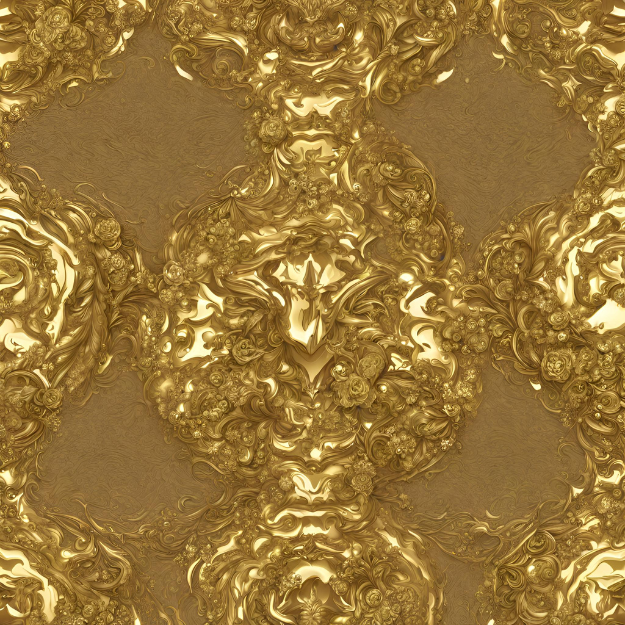
BORN FROM A DYING STAR
FORMATION
Gold, like other elements, is thought to have formed through a process known as nucleosynthesis. During nucleosynthesis, heavy elements, including gold, are created through nuclear reactions that occur within stars. Here's a brief overview of the process:
- Supernovae Nucleosynthesis: The primary source of gold formation is believed to be supernovae, which are powerful explosions that occur at the end of a star's life cycle. During a supernova, the intense heat and pressure generate the conditions necessary for nuclear fusion, combining lighter elements into heavier ones.
- Dispersion into Space: Following the supernova explosion, the newly formed gold isotopes, along with other heavy elements, are dispersed into space. This material becomes part of the interstellar medium, from which new stars, planets, and other celestial bodies can form.
- Incorporation into Earth: When our solar system formed about 4.6 billion years ago, some of the material from previous generations of stars, including gold, became incorporated into the solar nebula. As the solar system evolved, this material contributed to the composition of the Earth.
While the majority of gold on Earth is thought to have originated from supernovae, other processes, such as neutron star collisions, may also contribute to the production of gold and other heavy elements. Gold is relatively rare in the Earth's crust, and its extraction and mining have been central to human civilizations throughout history due to its value and various applications.
All Aequa & Co. Men's Gold Jewelry Are Handcrafted From Solid 18K/14K Gold or Solid 925 Sterling Silver.




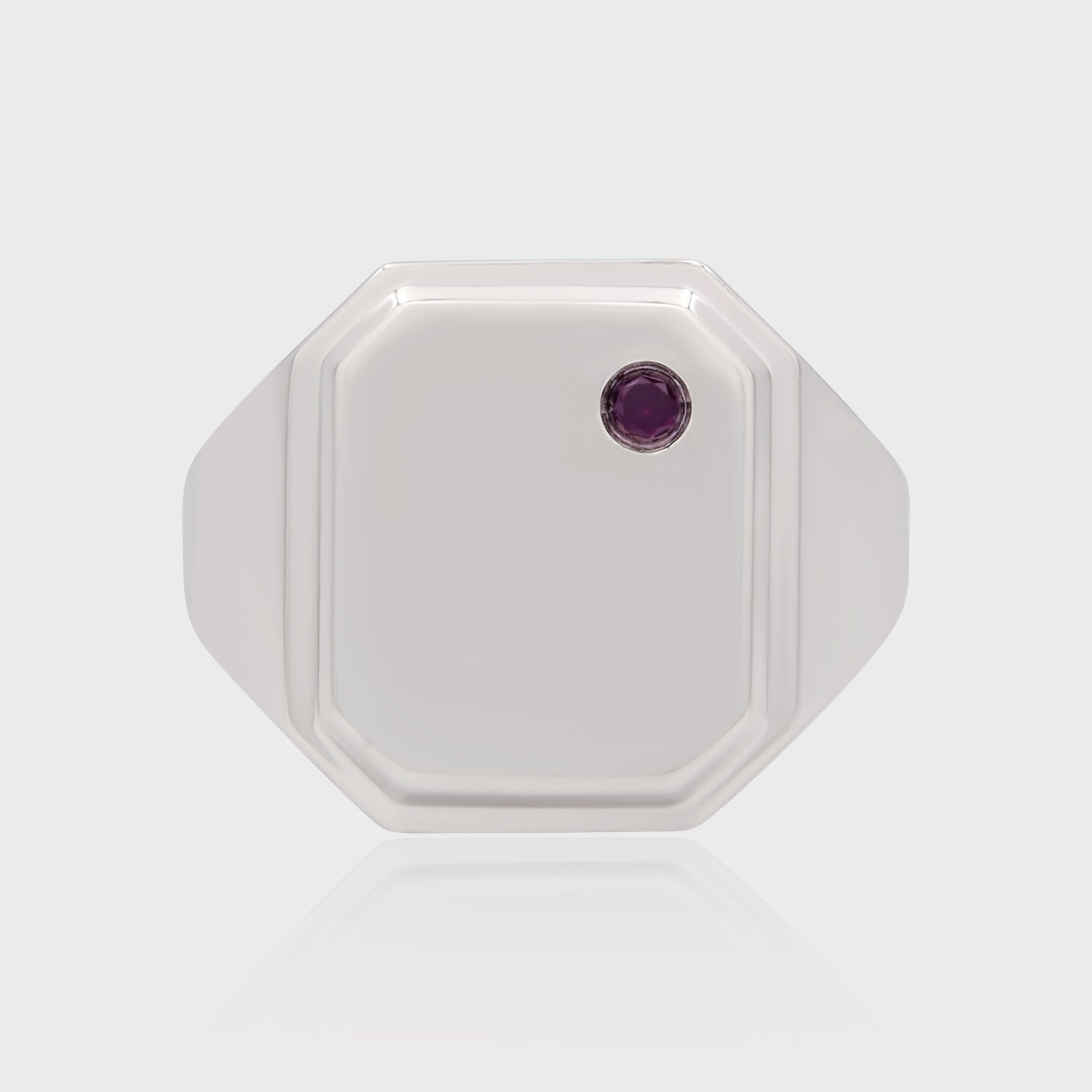





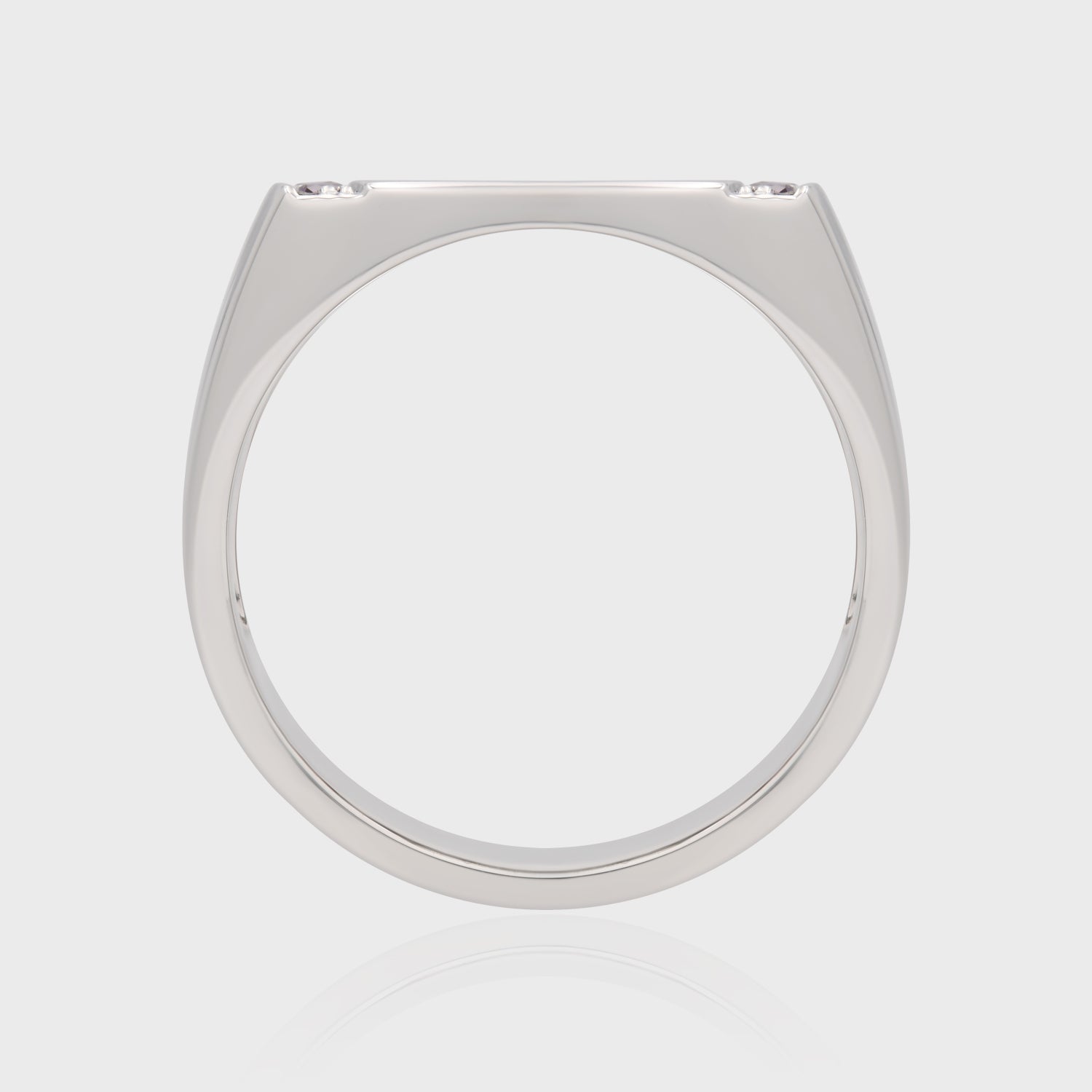

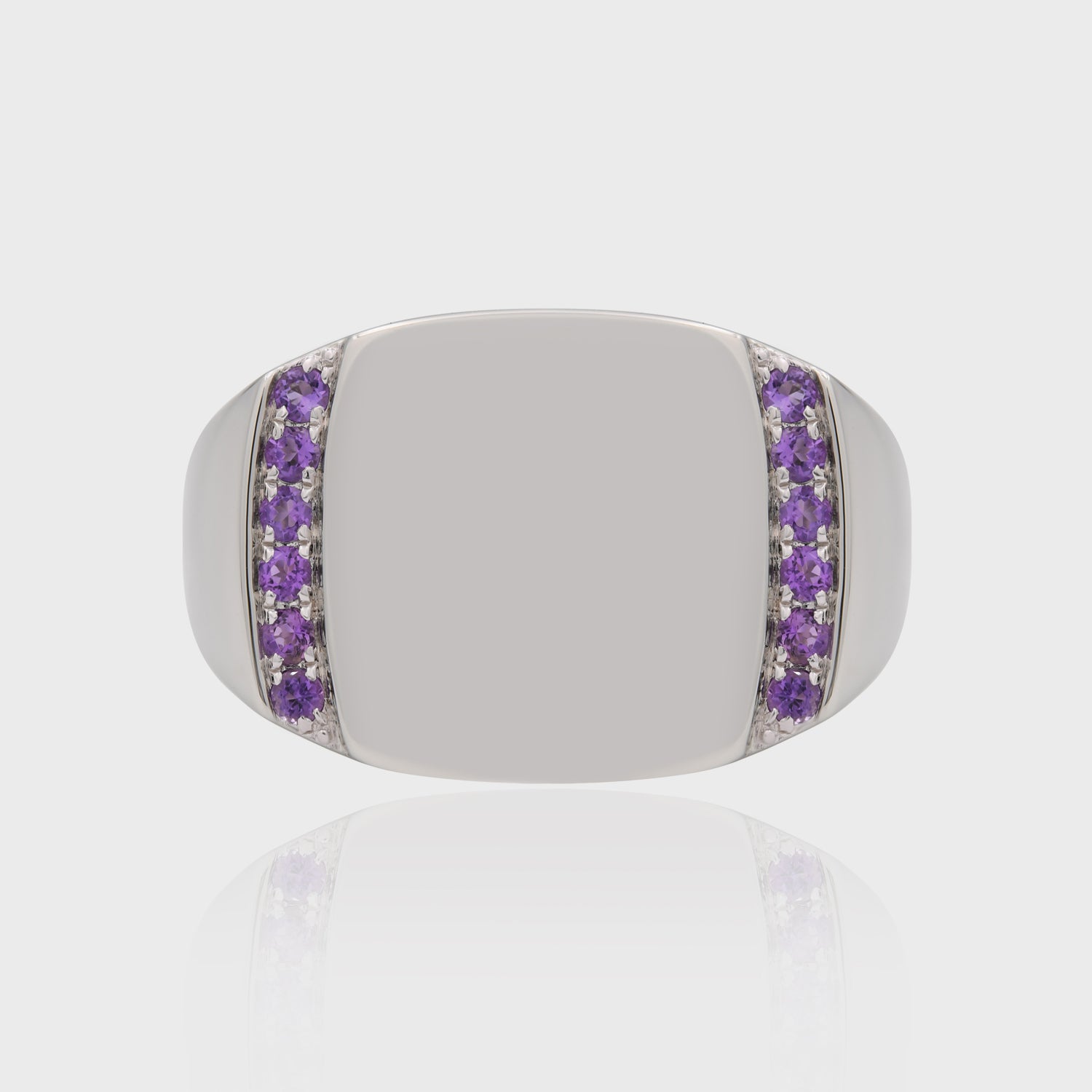










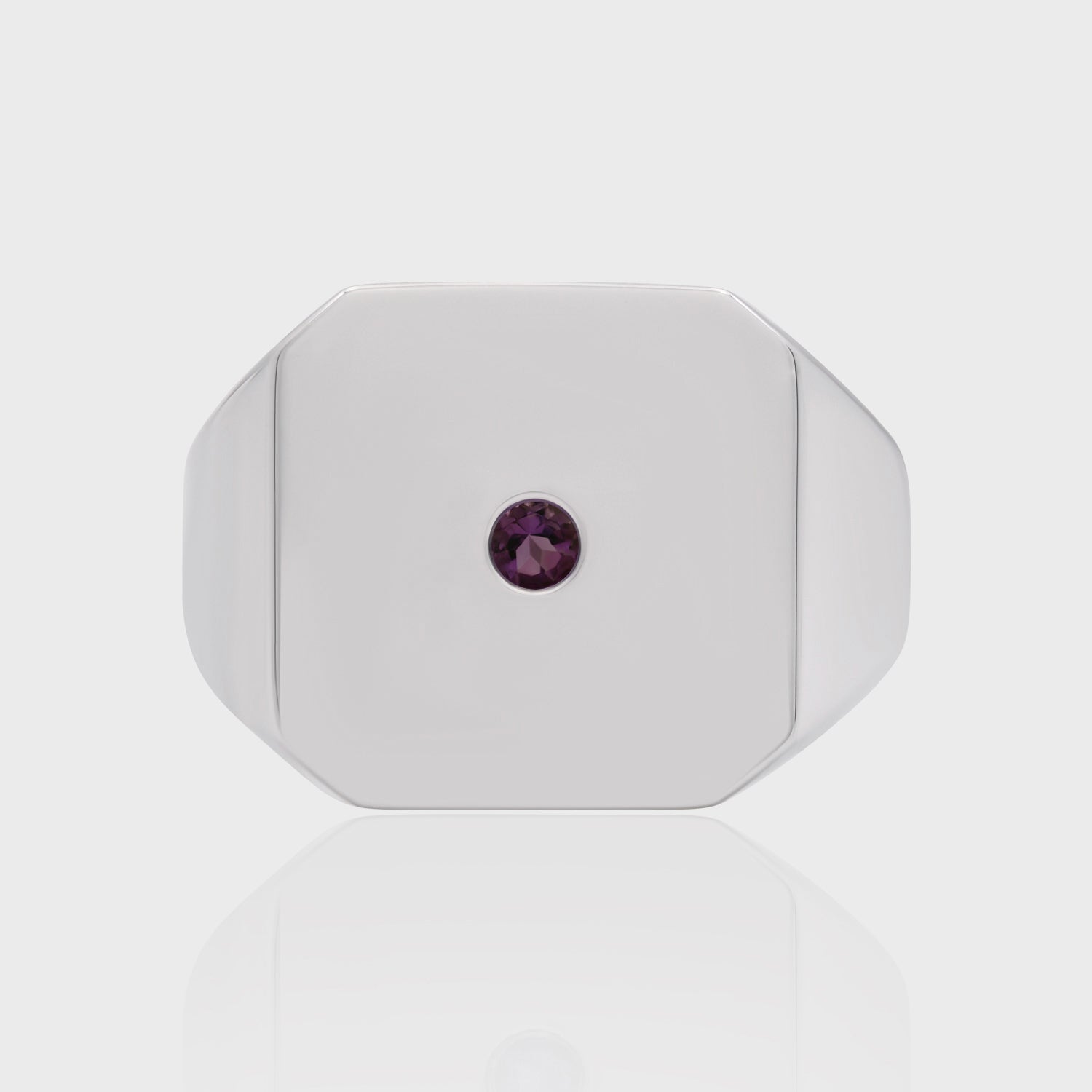

CLASS & TYPE
What are the varieties of gold jewelry?

SOLID GOLD
Solid gold jewelry is made from either pure gold (24K) or a gold alloy (e.g. 18K, 14K, 10K). The gold itself is highly durable, doesn't tarnish, and doesn't require re-plating.

VERMEIL
Gold vermeil (pronounced "ver-may") is a type of gold-plated silver jewelry. It consists of sterling silver coated with a layer of gold that is at least 10K and at least 2.5 microns thick.
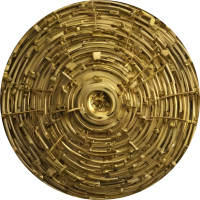
FILLING
Gold-filled jewelry, often marked as "GF," is made by bonding a layer of gold (at least 5% of the total weight) to a cheap alloy core (commonly brass, copper, or nickel) providing a cost-effective alternative to solid gold.

PLATING
Gold-plated jewelry is a cheap alternative where an undesignated layer of low-karat gold is applied over a cheap base alloy, usually brass or copper. There is very little gold content in plated pieces.
QUALITY & PURITY
How much gold is in the gold?
24K
Pure gold, 100% gold content, very soft and malleable. Not suitable for men's gold jewelry as it deforms easily. Bullions, coins, and ceremonial jewelry can use 24K. Bright, deep yellow.
22K
91.7% gold content, often used in traditional and cultural pieces, but generally considered still too malleable for gold jewelry for men. Alloyed with other metals. Intense yellow, but slightly paler than 24K.
18K
75% gold content, a balance between purity and durability, suitable for high grade gold jewelry for men. Alloyed with other metals. Rich yellow, slightly paler than 22K.
14K
The most popular gold alloy for luxury men's gold jewelry Contains 58.5% pure gold and is alloyed with other metals to improve durability. More durable and affordable than pure gold. Warm, subdued yellow, very slightly paler than 18K.
10K
41.7% gold content, the most durable for everyday wear of men's gold jewelry, though with lower gold content. Tarnishes over time. The lowest karat of gold that is offered in fine jewelry; the color is quite dull. Pale, neutral yellow, paler than 14K.
BELOW 10K
No longer a specific karat designation due to the low gold content.
COLORS OF GOLD
The most beloved colors of gold.

YELLOW
This is the natural color of pure gold. Yellow gold jewelry is often alloyed with copper and silver to achieve different shades of yellow.

WHITE
White gold is created by alloying yellow gold with white metals like nickel, palladium, or silver. It is often rhodium-plated to enhance its whiteness.

ROSE
Rose gold, also known as pink or red gold, is made by mixing yellow gold with copper. The more copper added, the stronger the rose color.
All Aequa & Co. Men's Gold Jewelry Are Handcrafted From Solid 18K/14K Gold or Solid 925 Sterling Silver.































